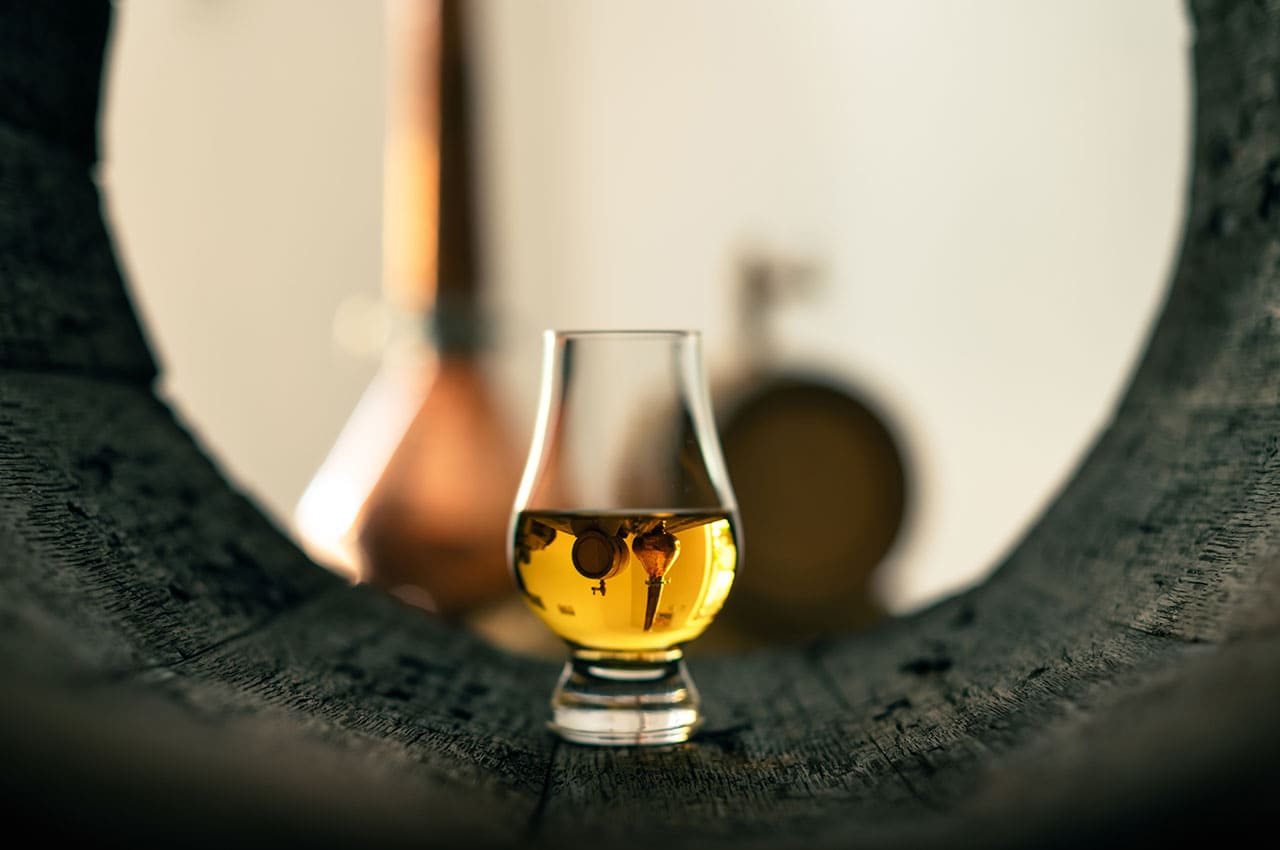Whisky production is a delicate balance of art and science, with every step of the process carefully engineered to produce a final product that captivates consumers and distinguishes the brand. One of the most critical aspects of this process is the interaction between the whisky and the wood of the cask in which it is aged. This complex interplay has a profound impact on the flavor profile of the final product, unlocking hidden flavor gems that set a whisky apart from its peers. In this blog post, we will explore the science behind wood and whisky interaction, delving into the factors that influence this dynamic relationship and examining how Art and Cask leverages this knowledge to help whisky producers craft exceptional products.
The Science of Wood and Whisky Interaction
The interaction between wood and whisky is a multifaceted process, with numerous factors contributing to the final flavor profile of the spirit. Some of the key aspects of this interaction include:
- Extraction: As whisky ages in a cask, it gradually extracts compounds from the wood, such as lignin, cellulose, and hemicellulose. These compounds can impart a wide range of flavors and aromas to the whisky, including sweet, spicy, fruity, and floral notes. The specific compounds extracted will depend on factors such as the wood type, the degree of charring or toasting, and the cask’s previous contents.
- Oxidation: During the aging process, whisky is exposed to oxygen, which reacts with various compounds in the spirit and the wood to create new flavor compounds. This process of oxidation can result in the development of complex, multi-layered flavors that evolve over time, enhancing the overall sensory experience of the whisky.
- Evaporation: As whisky ages, a small percentage of the liquid evaporates through the porous wood of the cask, concentrating the remaining spirit and intensifying its flavors. This evaporation, known as the « angel’s share, » can also contribute to the development of unique flavor profiles, as the balance of compounds within the whisky shifts over time.
- Expansion and Contraction: Temperature fluctuations within the aging environment cause the whisky to expand and contract within the cask, driving the spirit deeper into the wood and facilitating the extraction of flavor compounds. This process is particularly crucial in the case of character casks, where the unique attributes of the wood can significantly influence the final flavor profile of the whisky.
The Art and Cask Advantage
Art and Cask is a pioneer in the world of character casks, offering whisky producers the tools and expertise they need to harness the power of wood and whisky interaction. By partnering with Art and Cask, whisky producers can access a curated selection of character casks, expert consultation, and personalized guidance, ensuring that their products achieve the perfect balance of flavors and aromas.
Art and Cask leverages their deep understanding of the science behind wood and whisky interaction to help whisky producers create exceptional spirits, offering insights into factors such as:
- Wood Type: The type of wood used for a cask can have a significant impact on the flavor profile of the whisky, with different species imparting unique flavors and aromas. Art and Cask offers a diverse range of wood types, including American oak, European oak, and various exotic species, providing whisky producers with endless possibilities for experimentation.
- Charring and Toasting: The level of charring or toasting applied to a cask influences the extraction of flavor compounds, with heavier char levels resulting in more intense flavors and lighter toast levels yielding subtler nuances. Art and Cask provides guidance on selecting the appropriate charring or toasting level to achieve the desired flavor profile.
- Previous Cask Contents: The previous contents of a cask can dramatically influence the flavor profile of the whisky, with the spirit absorbing residual flavors and aromas from the wood. Art and Cask offers a wide range of casks that have previously held various wines, sherries, ports, and rums, allowing whisky producers to explore a vast array of flavor combinations and create truly unique products.
- Aging Environment: The environment in which a whisky is aged can have a substantial impact on the wood and whisky interaction. Factors such as temperature, humidity, and air circulation can influence the rate of extraction, oxidation, and evaporation, ultimately affecting the final flavor profile of the spirit. Art and Cask advises whisky producers on optimizing their aging environments to ensure that their products achieve the perfect balance of flavors and aromas.
Conclusion
The science of wood and whisky interaction is a complex and fascinating area of study, with a deep understanding of this process essential to crafting exceptional spirits. By partnering with Art and Cask, whisky producers can leverage the power of wood and whisky interaction to create captivating products that distinguish their brand and delight consumers. With Art and Cask’s expertise, whisky producers can unlock the hidden flavor gems within their spirits, pushing the boundaries of innovation and elevating the art of whisky production to new heights.

